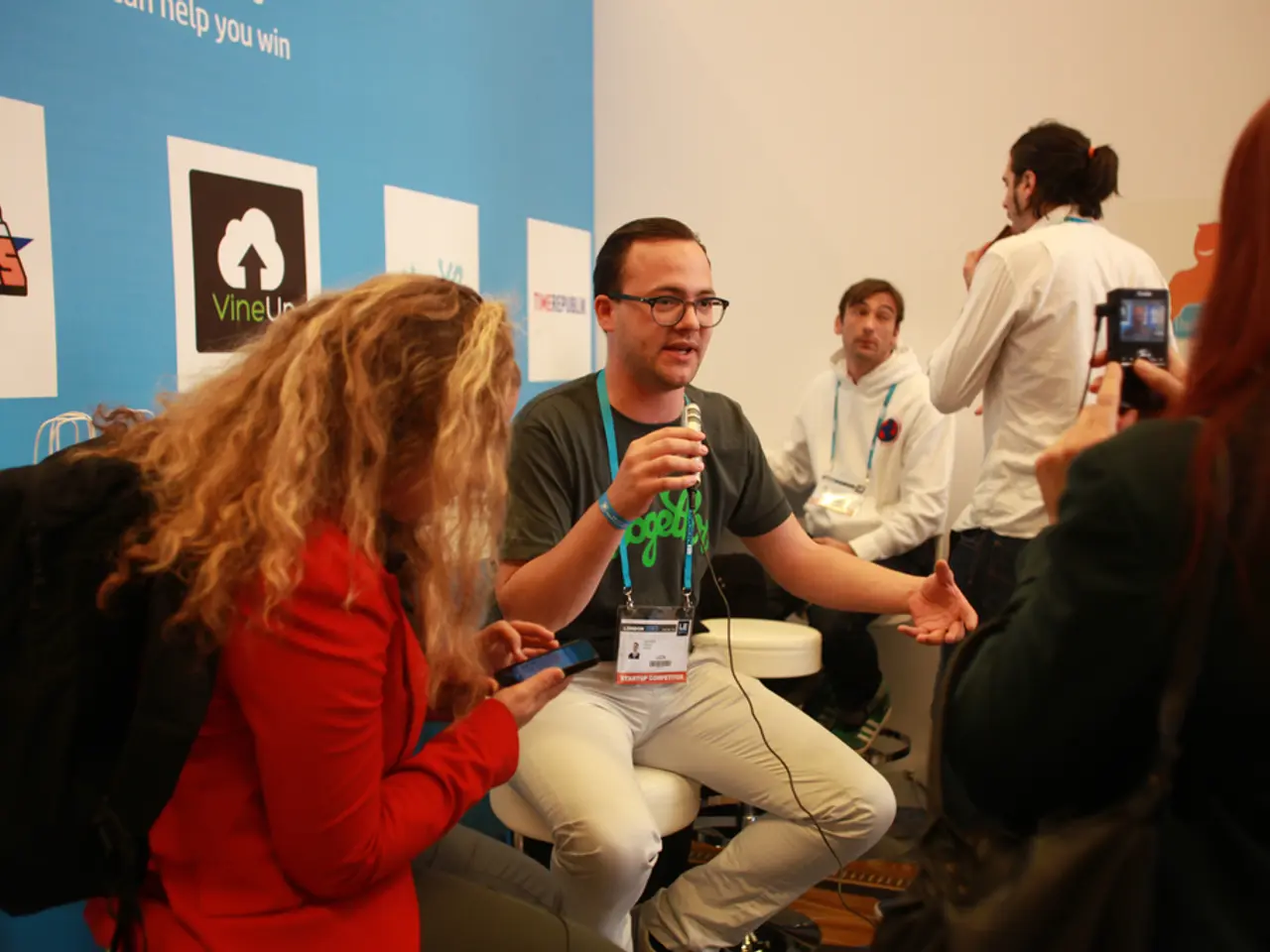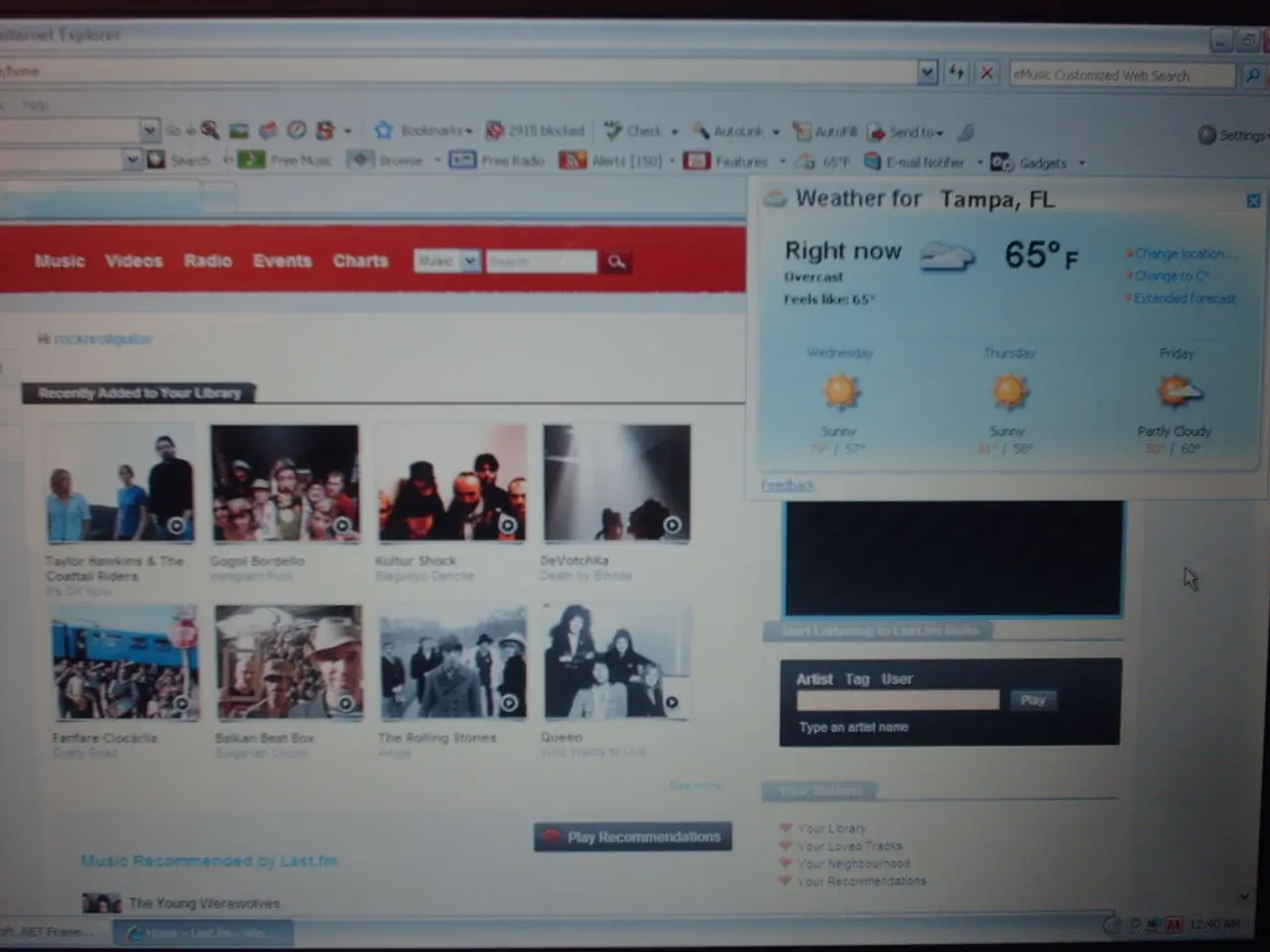Strategies for Enlisting Subjects for User Studies
In the world of user research, finding the right participants is crucial for effective results. Here are some best practices for recruiting diverse and unbiased user research participants who accurately represent a specific target group.
Start by defining clear research goals and ideal participant profiles. Specify exactly what you want to learn and who can best provide that insight. This involves detailing demographics, behaviours, roles, needs, and psychographics relevant to your target group. Avoid vague goals like “understanding user behaviour” and instead focus on precise criteria to guide recruitment.
Develop precise screening criteria by creating effective screener questions that are neutral and avoid leading language to prevent bias. For example, instead of "Do you own a Honda?", ask "Which of the following cars do you own?" with multiple options. This reduces false qualification attempts motivated by incentives.
Recruit participants who truly represent the target audience. Avoid recruiting people who have vested interests in your product or who do not genuinely match the target profile, as this leads to biased or irrelevant insights. Use professional recruitment services, diverse channels such as social media, forums, and specialized platforms, or usability panels to find suitable participants.
Ensure diversity within your sample by incorporating different demographics and perspectives within your target group to capture varied insights. Diverse recruitment broadens understanding and uncovers unique user needs that a homogeneous group might miss.
Leverage specialized recruitment tools and panels like Maze Panel, Userlytics Panel, or User Interviews, which offer access to millions of pre-screened, diverse participants tailored to your user base, streamlining recruitment and ensuring representation.
Offer appropriate incentives such as gift cards or discounts to motivate participation but ensure they are balanced to avoid attracting participants who might misrepresent themselves just to qualify.
Limit participant numbers wisely for usability testing. Five to eight participants per user group are often enough to gather comprehensive feedback while keeping the process manageable.
By combining these practices – clear goal definition, precise unbiased screening, diverse and representative recruitment, and effective use of recruitment tools – you can ensure your user research insights are valid, applicable, and truly reflective of the intended audience, avoiding costly misdirection in product development.
[1] Nielsen Norman Group. (2021). Recruiting Usability Test Participants. https://www.nngroup.com/articles/recruiting-usability-test-participants/ [2] UsabilityHub. (2021). How to Recruit Usability Test Participants. https://www.usabilityhub.com/blog/recruiting-usability-test-participants/ [3] UserTesting. (2021). Recruiting Participants: Tips for Finding the Right Users. https://www.usertesting.com/blog/recruiting-participants-tips-for-finding-the-right-users [4] Optimal Workshop. (2021). Recruiting Users for Usability Testing: A Comprehensive Guide. https://www.optimalworkshop.com/blog/recruiting-users-for-usability-testing/
User research consists of defining clear goals and ideal participant profiles, developing precise screening criteria, and recruiting diverse participants who accurately represent the target group. To achieve this, interaction design and UI design teams leverage technology by using recruitment services, diverse channels, and specialized panels to find suitable participants.




